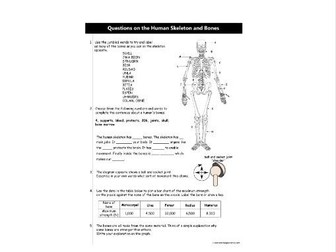
The Day , the Year and the Seasons
Comprehension and additional task exercises pages 190 and 191 from Next Page Science KS3 Complete. Accompanying PowerPoint and word searches available for free from the website.
This exercise covers:
• What causes a day and a year: 24 hrs and 365.25 days
• A leap year
• Earth’s orbit having an elliptical shape
• Earth’s tilt as the cause of the seasons
• A pictorial illustrating summer (solstice), winter (solstice), spring (equinox) and autumn (equinox)
• An explanation explaining why light intensity changes from winter to summer using torches to represent how the same amount of light from the sun can be more or less intense
• Earth’s path across the sky (northern hemisphere)
• How earth’s spin causes the sun to rise in the east and set in the west
• An exercise on plotting the average hours of daylight for each month
• A matching the statements exercise
• An exercise on what it would be like in the summer (continual daylight) and winter (continual night time) at the north pole
• Amazing WHAT? facts
